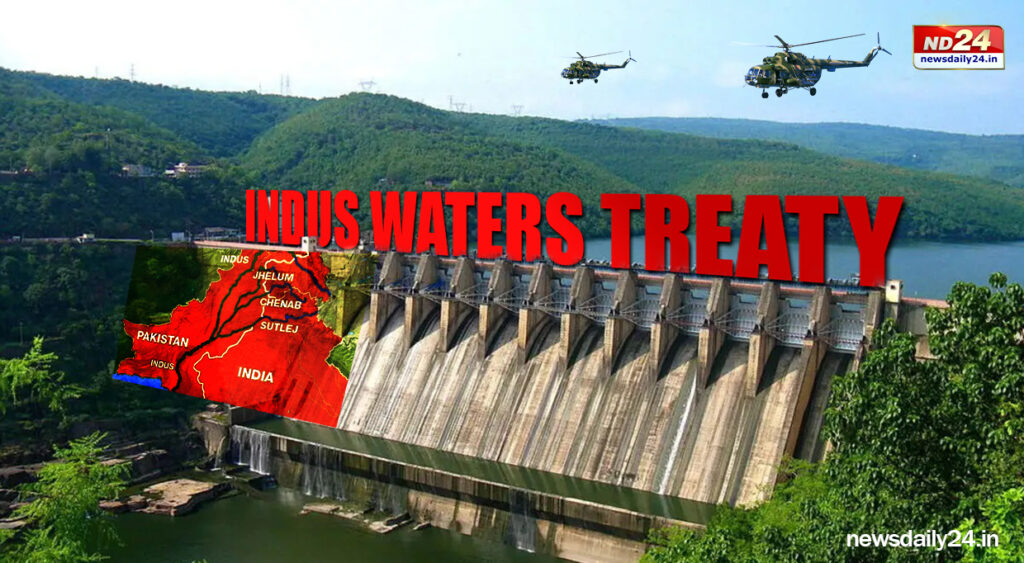In its boldest response yet to cross-border terrorism, India has suspended the Indus Waters Treaty (IWT) with Pakistan, ending a 64-year-old water-sharing agreement that survived wars, crises, and decades of hostile diplomacy.
The move follows the April 22 terror attack in Pahalgam, which killed 26 people, including one foreign national. The decision was cleared by the Cabinet Committee on Security (CCS)—the country’s apex body on national security—after investigators uncovered “cross-border linkages” to the attack.
All you need to know about Indus Waters Treaty:
- The Indus Waters Treaty was signed in 1960 after nine years of negotiations between India and Pakistan.
- The disagreement between India and Pakistan concerns the design features of the Kishenganga (330 megawatts) and Ratle (850 megawatts) hydroelectric power plants. The former was inaugurated in 2018 while the latter, based on information available, is under construction. The World Bank is not financing either project.
- The two countries disagree over whether the technical design features of these two hydroelectric plants contravene the Treaty. The plants are located in India on tributaries of the Jhelum and the Chenab Rivers.
- Under the treaty, India received rights over 20% of the system’s water—roughly 33 million acre-feet (MAF) or 41 billion cubic metres (bcm) annually—while Pakistan received 80%, about 135 MAF or 99 bcm. India is allowed limited use of western rivers for non-consumptive purposes like hydropower, but cannot block or significantly alter flows.
- For Pakistan, the Indus system is not just vital—it is existential. 80% of Pakistan’s cultivated land—about 16 million hectares—relies on water from the Indus system.
- 93% of this water is used for irrigation, powering the country’s agricultural backbone. The system supports over 237 million people, with Pakistan accounting for 61% of the Indus Basin population.
- The system contributes nearly 25% of Pakistan’s GDP and supports crops like wheat, rice, sugarcane, and cotton. Pakistan is already one of the most water-stressed countries in the world, and per capita availability is declining rapidly.
- The Indus River network, comprising the Jhelum, Chenab, Ravi, Beas, and Sutlej rivers, serves as Pakistan’s principal water resource, supporting a population of tens of millions.
- The water meets 23% of agricultural needs which supports Pakistan 68% of its rural inhabitants.
- Pakistan which is already facing economic crisis will be impacted due to reduced water availability as it will lead to lower crop yields, food shortages, and economic instability in rural areas dependent on farmin.
- The country’s water storage capacity is low, with major dams like Mangla and Tarbela having a combined live storage of only about 14.4 MAF, which is just 10% of Pakistan’s annual water share under the treaty.
- According to the Treaty, India has been given the right to generate hydroelectricity through run of the river projects on the western rivers subject to specific criteria for design and operation.







